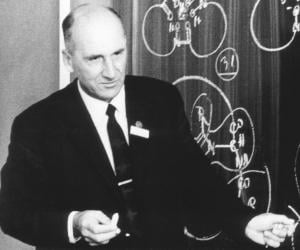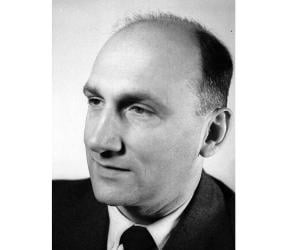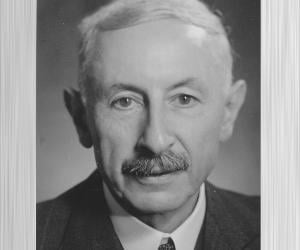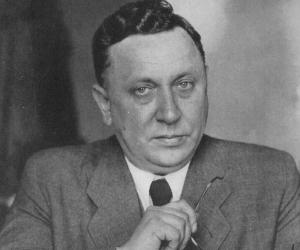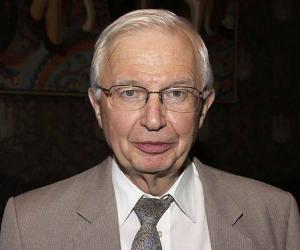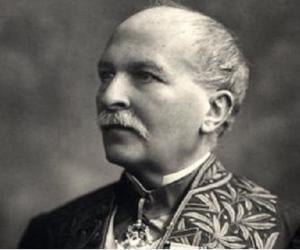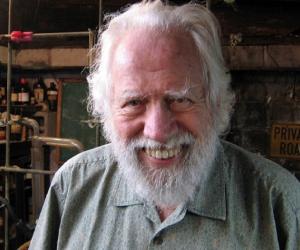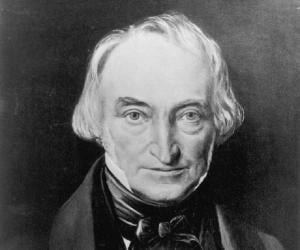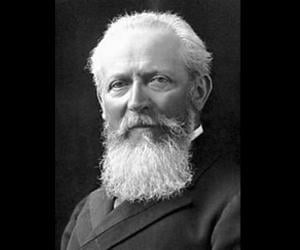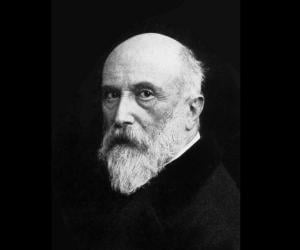Born In: Sarajevo, Bosnia and Herzegovina
Vladimir Prelog
(Organic Chemist Who Won Nobel Prize for His Research into the Stereochemistry of Organic Molecules and Reactions)
Vladimir Prelog was a chemist from the land of Bosnia and Herzegovina, who developed a love for science, chemistry in particular, at the young age of sixteen. He was highly influenced by the work of scientists like Emil Votoček, Lavoslav Ružička, Robert Robinson, and Christopher Ingold. During his childhood, he had to move places several times, including Zagreb, Osijek, and Prague. Having received a doctoral degree from the famous 'Czech Technical University' in Prague, he ventured into the field of organic chemistry, focussing primarily on antibiotics and medical drugs. From an employee of a pharmaceutical company, he soon became a professor and then the Head of the Laboratory in the 'Swiss Federal Institute of Technology'. He continued working on his theories, making breakthroughs with British chemists Robert Sidney Cahn, and Christopher Kelk Ingold, developing a new system of determining the structure of stereoisomers, and naming it the 'Cahn–Ingold–Prelog priority rules’. Extensively helped by mentor Lavoslav Ružička, this chemist opened doors for Switzerland, in the field of organic chemistry, becoming a Nobel laureate at the age of sixty-nine. He continued research on stereo isomeric molecules present in organic compounds till his death, and is hailed by many as the pioneer of stereochemistry.
Organic Chemists #12
Scientists #1761
12
0
